From Pearl Harbor to Hiroshima: A Personal Journey
My mother, nearly 90-years-old, has come full circle with the nexus around WWII. Born in San Francisco’s Japantown, her parents hailed from Hiroshima. I visited the Hiroshima Museum with her two decades ago when I was working in Tokyo for the summer. This past summer, we all went to visit the Pearl Harbor museum where, in a single day, her life totally changed.
Imagine being given 48 hours’ notice to get out of dodge. If you were lucky enough to own property (Japanese Americans could only buy the property back then through their American-born children), being relocated to a concentration camp meant missing the mortgage. My mom’s family could only take what they could carry. They were lucky. We had relatives in a remote part of Utah near the nuclear test site, and they went there, ultimately living out of a tent while working on the relative’s farm.
My mom had been to Hawaii a few times but never to the Pearl Harbor museum. She said she went for the 442nd regiment celebration on behalf of her brother who was a decorated veteran. And we sent her for an art trip to Molokai for her birthday.
Today is the day that the Japanese bombed Pearl Harbor on the morning of December 7, 1941. The Americans though warned of a possible air attack had a series of unfortunate events that caused them to miss the warning signs. And my mom’s life turned upside down.
To commemorate this day in history, I’ve collected every children’s book on the Japanese American WWII experience that I could find. Am I missing any? Please chime in. Thank you!
p.s. Just learned about Rafu Shimpo: Defiant Japanese Am women incarcerated during WWII dead at 91. Sent protest telegram to Pres Roosevelt:
Following the Japanese attack on Pearl Harbor, she was caught in the mass removal of Japanese Americans. In contrast to many Japanese Americans, she moved to take action against the government policy — in early February 1942, she sent a telegram to the White House, urging President Roosevelt to recognize that the Nisei were loyal Americans with citizenship rights.
After being incarcerated briefly at Santa Anita Assembly Center, Nishi received a special opportunity to leave camp and attend Washington University in St. Louis, where she enrolled in the M.A. program in sociology. She reported on local communities for the UC Berkeley-based Japanese Evacuation and Resettlement Study.
Japanese American WWII Picture Books
A Fish for Jimmy: Inspired by One Family’s Experience in a Japanese American Internment Camp by Katie Yamasaki
When Taro’s father is taken away for being Japanese American, he and his mother and younger brother are forced into a Japanese Internment camp. Taro’s younger brother won’t eat; he misses the food at home including fresh vegetables and fish. His father told Taro that he must help take care of Jimmy and this weighs heavy on him. Taro cuts a fence and sneaks out of the camp to catch fresh fish in a stream near a mountain with his bare hands. Finally, Jimmy eats. This is the true story of Katie Yamasaki’s family. [picture book, ages 6 and up]
The Bracelet by Yoshiko Uchida
I read this story a long time ago and remembered that it was a particularly sad story of internment that I couldn’t bring myself to read to my girls. The little Japanese girl is given a bracelet by her American friend that she brings to an internment camp that gets lost. [picture book, ages 4 and up]
A Place Where Sunflowers Grow by Amy Lee-Tai
A bi-lingual (Japanese/English) story about the author’s grandmother who was interned at Topaz and really did grow 8-foot sunflowers in the desert. A stoic story about coping with internment. This is the author’s first book. [picture book, ages 7 and up]
So Far From the Sea by Eve Bunting
Laura Iwasaki and her family visit her grandfather’s grave at the Manzanar War Relocation Center where he died during internment. Both her parents were relocated though at different camps. Her father was a little boy when this happened and this marks the last time they will visit before moving to Boston. Their final visit sums up the attitude of most Japanese-Americans who were forced to relocate: a terrible thing that happened to them. But, as Dad says, “Sometimes, in the end, there is no right or wrong. It is just a thing that happened long years ago. A thing that cannot be changed.” [picture book, ages 6 and up]
Baseball Saved Us by Ken Mochizuki
Ken Mochizuki’s family was interned at Minidoka Internment camp in Idaho, and this is the story based on true events, of how they used baseball to cope. The little boy in the story is small for his age but preserves to become an excellent player. The story continues post-internment and things are not better. Luckily, the boy’s skill in baseball helps to bring everyone together. This is the author’s first picture book. [picture book, ages 4 and up]
Japanese American WWII Chapter Book
Pearl Harbor by Stephen Krensky
Bringing a dramatic moment of World War II to vivid life, author Stephen Krensky answers questions about the historic importance of the military action at Pearl Harbor. Written in simple yet clear language, the book teaches readers about the political scene before and after the bombing of Pearl Harbor by the Japanese in December 1941, and how this event shaped our country’s place in the world. [chapter book, ages 6 and up]
Japanese American WWII Middle Grade
American Diaries #18: Janey G. Blue: Pearl Harbor, 1941 by Kathleen Duey
PEARL HARBOR, HAWAII
DECEMBER, 1941
I just hope the war stays far, far away from us
Janey loves the beautiful trees, delicious fruits, and exotic mix of people on the island of Oahu, where her father has come to work at Hickam Airfield. But she’s terribly homesick for her friends back in Kansas — especially with all the frightening talk about war and rumors of a Japanese invasion of Hawaii. Then, on December 7th, Janey’s worst nightmares come true. Japanese bombs and bullets shatter the early morning peace. Fleeing with her mother, brother, and Akiko — the girl across the street, who barely speaks to her — Janey is terrified for her father at the airfield. During the long, tense hours of worry and fear, Janey must try to find her courage. Will the war turn everything upside down? Will Janey be scared and lonely forever? [middle grade, ages 9 and up]
The No-No Boys by Teresa R. Funke
Based on a true story in the winter of 1943… Fourteen-year-old Tai Shimoda’s family has lost everything. Like many other Japanese-Americans at the start of World War II, Tai’s family has been forced to leave their home and move to Tule Lake Relocation Center-a desolate camp surrounded by barbed wire in northern California. Though he misses his home in Sacramento, Tai keeps busy at Tule Lake hanging out with friends and training for the judo tournament. But as tensions in the camp rise, Tai’s brother, Ben, joins a group that has refused to swear allegiance to the United States. They call themselves the No-Nos. Tai’s father calls them Disloyals. Soon Tai must decide what he believes. Will he join his beloved brother and the No-Nos or, like his father, remain true to America? [middle grade, ages 9 and up]
Sadako and the Thousand Paper Cranes by Eleanor Coerr
A story about post-bombing Hiroshima where Sadako, who loves to run, becomes ill due to the radiation from the bomb. It is believed in Japan that folding a thousand paper cranes brings girls good luck and good health. [middle grade, ages 8 and up]
A Jar of Dreams by Yoshiko Uchida
11-year-old Rinko lives in Berkeley, California during the Great Depression and life isn’t easy, especially when you are Japanese American because she encounters prejudice almost daily. When her family opens a small laundry, their local competitor, a well-known bigot, and bully threaten them. Things change when her Aunt Waka comes to visit from Japan, and she helps to convince them to chase their dreams, even if it seems improbable that they will be given the same opportunities as non-Asians. Despite the prejudice that her family faces, Rinko learns to take pride in her Japanese self.
A Jar of Dreams is an accurate portrait of what life was like for Japanese immigrants pre-WWII, but it also details the determination, hard work, and strong familial bonds that propelled them to succeed. [middle grade, ages 9 and up]
Kira-Kira by Cynthia Kadohata
This Newbery Award-winning novel is a Japanese Grapes of Wrath story about the Takashima family as they move from Iowa to Georgia in the 1950′s and work menial, grueling jobs at a non-unionized poultry farm. The three kids, Lynn, Katie, and Sammy, manage to have fun and dream of better times ahead despite their difficult conditions until Lynn comes down with a fatal illness. The book manages to portray life for post-WWII Japanese Americans in an insightful and realistic way. [middle grade, ages 10 and up]
The Japanese American Internment: An Interactive History by Rachael Teresa Hanel
Describes the events surrounding the internment of Japanese Americans in relocation centers during World War II. The reader’s choices reveal the historical details from the perspective of Japanese internees and Caucasians. [middle grade, ages 8 and up]
On the Horizon by Lois Lowry
Review from Children’s Books Heal:
“Lois Lowry personalizes WWII’s most infamous events — Pearl Harbor and Hiroshima — for young readers who may not be familiar with this period of our history. It brings history alive through the moving and heartbreaking stories of ordinary individuals, who are unaware of what will happen at 8:15 a.m. Some survived. Others didn’t.
The story is told in free verse which beautifully fits the tone of each vignette. It is told in two parts. Lowry carefully crafts each and every word so that readers feel that they have been part of something powerfully intimate. She does so with simplicity and sincerity.
Kenard Pak’s black and white illustrations are haunting and will evoke a response from readers. This book belongs in every school library.” [middle grade, ages 10 and up]
V for Victory by Teresa R. Funke
Based on a true story in the summer of 1943… Twelve-year-old Miguel Montoya feels left behind. Everyone else in his large family is “doing his part” during World War II. His brother is flying dangerous missions over enemy territory, and his sister and aunt are home-front volunteers. Miguel offers to take their places in the family grocery store, only to be told he’s not old enough to do anything more than sweep floors and keep an eye on his bothersome little nephew, Victor. So when the Empire Theatre announces a scrap metal contest to help the war effort, Miguel decides to win! As he and his best friend, Gary, scour their San Antonio neighborhood for old scrap, they keep one eye on the military planes that fill the skies and one eye out for bullies threatening to steal their stash. When Miguel befriends a wounded soldier, though, the realities of war hit home. And on the fateful day when his family needs him most, it is Miguel who must do his part to save his nephew. [middle grade, ages 9 and up]
History Smashers: Pearl Harbor by Kate Messner, illustrated by Dylan Meconis
Review from Books My Kids Read:
“When we think Pearl Harbor, we often think of the bombing that happened on December 7th followed on December 8th with America declaring war on Japan. By utilizing a number of primary resources, Messner expands the story showing that there were some warning signs that Pearl Harbor was going to be attacked, that there were conflicting viewpoints on the efficacy of the bombing in Japan, and even that the original war declaration was on all three Axis powers. Messner produces a great explanation of the devastation the bombing created and our ensuing response.
But Messner doesn’t end there. What I especially appreciate about this book is that it highlights opposing viewpoints and some of the not-so-great things that America did in the wake of the bombing. There is an entire chapter focusing on Japanese internment. Messner puts it quite eloquently when she writes about the patriotism that was sparked after the bombing:
“But not everyone’s help was welcome. Even as patriotism brought people together, fear, ignorance, and racism drove them apart.”
Readers are able to learn about the troops that went overseas for WWII. Americans from all walks of life joined up to serve their country, though they were not always treated the same way. It was still a time of segregation, so black soldiers were kept separate from the white. Native Americans from many tribes also joined but it was not until the last 20 years or so that many knew of their importance as code talkers. Initially, Japanese-Americans were not allowed to enlist, until more bodies were needed and the US had to take them. Still, after internment and ridicule, many men signed up.” [middle grade, ages 8 and up]
Japanese American WWII Young Adult Books
A Boy No More by Harry Mazer
But no matter where Adam goes, he can’t get away from the effects of the war. His best friend, Davi, has asked for help. Davi is Japanese American, and his father has been arrested, taken to Manzanar, a Japanese internment camp.
Adam isn’t sure what to do. If he goes to Manzanar and starts asking questions, he could be risking his own life. But can he simply do nothing and risk losing Davi’s friendship forever? Are Davi, his father, and all the other Japanese Americans have taken from their homes responsible for what happened at Pearl Harbor?
In this riveting follow-up to his acclaimed book A Boy at War, Harry Mazer explores questions of friendship and loyalty against the backdrop of World War II, a time when boys had to grow up fast.[young adult, ages 12 and up]
Under the Blood-Red Sun by Graham Salisbury
Tomi was born in Hawaii. His grandfather and parents were born in Japan and came to America to escape poverty.
World War II seems far away from Tomi and his friends, who are too busy playing ball on their eighth-grade team, the Rats.
But then Pearl Harbor is attacked by the Japanese, and the United States declares war on Japan. Japanese men are rounded up, and Tomi’s father and grandfather are arrested. It’s a terrifying time to be Japanese in America. But one thing doesn’t change: the loyalty of Tomi’s buddies, the Rats.[young adult, ages 12 and up]
Eyes of the Emperor by Graham Salisbury
Eddy Okana lies about his age and joins the Army in his hometown of Honolulu only weeks before the Japanese bomb Pearl Harbor. Suddenly Americans see him as the enemy—even the U.S. Army doubts the loyalty of Japanese American soldiers.
Then the Army sends Eddy and a small band of Japanese American soldiers on a secret mission to a small island off the coast of Mississippi. Here they are given a special job, one that only they can do. Eddy’s going to help train attack dogs. He’s going to be the bait. [young adult, ages 12 and up]
Weedflower by Cynthia Kadohata
From Starred Review, School Library Journal. Grade 5-8–When Pearl Harbor is attacked, the lives of a Japanese-American girl and her family are thrown into chaos. Sumiko, 12, and her younger brother, Tak-Tak, live with their aunt and uncle, grandfather Jiichan, and adult cousins on a flower farm in Southern California. Though often busy with chores, Sumiko enjoys working with the blossoms, particularly stock, or weed flowers (fragrant plants grown in a field). In the difficult days that follow the bombing, the family members fear for their safety and destroy many of their belongings. Then Uncle and Jiichan are taken to a prison camp, and the others are eventually sent to an assembly center at a racetrack, where they live in a horse stable. When they’re moved to the Arizona desert, Sumiko misses the routine of her old life and struggles with despair. New friends help; she grows a garden with her neighbor and develops a tender relationship with a Mohave boy. She learns from him that the camp is on land taken from the Mohave reservation and finds that the tribe’s plight parallels that of the incarcerated Japanese Americans. Kadohata brings into play some complex issues, but they realistically dovetail with Sumiko’s growth from child to a young woman. She is a sympathetic heroine, surrounded by well-crafted, fascinating people. The concise yet lyrical prose conveys her story in a compelling narrative that will resonate with a wide audience.–Marilyn Taniguchi, Beverly Hills Public Library, CA. [young adult, ages 12 and up]
p.s. Related posts:
Japanese American books for kids
Obon Spirit Boats & Obon Children’s Books
21 Wonderful Japanese Folk Tales
Learning About Japan Picture Books for Kids
For your young ninja, books to learn about Japan.
Connecting Science and Art: Hokusai’s The Great Wave
It’s amazing how a single piece of art can have a ripple effect, inspiring others all around the world and for many generations.
In Memory of Hiroshima Bombing Books and Crane Origami for Kids
Top 10: Japanese American Children’s Books (ages 2-16)
WWII Internment seems to dominate Japanese American books for kids. I agree that it is an important lesson in history — my own mother was forced to relocate but I also hunger for books that explore other facets of being Japanese American.
Kite flying is an important ritual in Asia and I’ve rounded up every great kite flying book thanks to a little help from my friends and readers.
Best Bilingual Japanese Books for Kids
This was my response to a reader request.
Japan: Books for Kids on Shogun, Family Crests, Block Prints
I explore my own Japanese history in this post.
Japanese American Post Internment Story: Journey Home (ages 8-12)
These older books explore the Japanese American internment experience during WWII, a shameful chapter in America’s history.
Pearl Harbor Day Books for Kids
A Unit to Learn About the Tokyo Olympics
To examine any of the items listed, please click on image of item.
As an Amazon Associate, I earn from qualifying purchases.
BEST #OWNVOICES CHILDREN’S BOOKS: My Favorite Diversity Books for Kids Ages 1-12 is a book that I created to highlight books written by authors who share the same marginalized identity as the characters in their books.

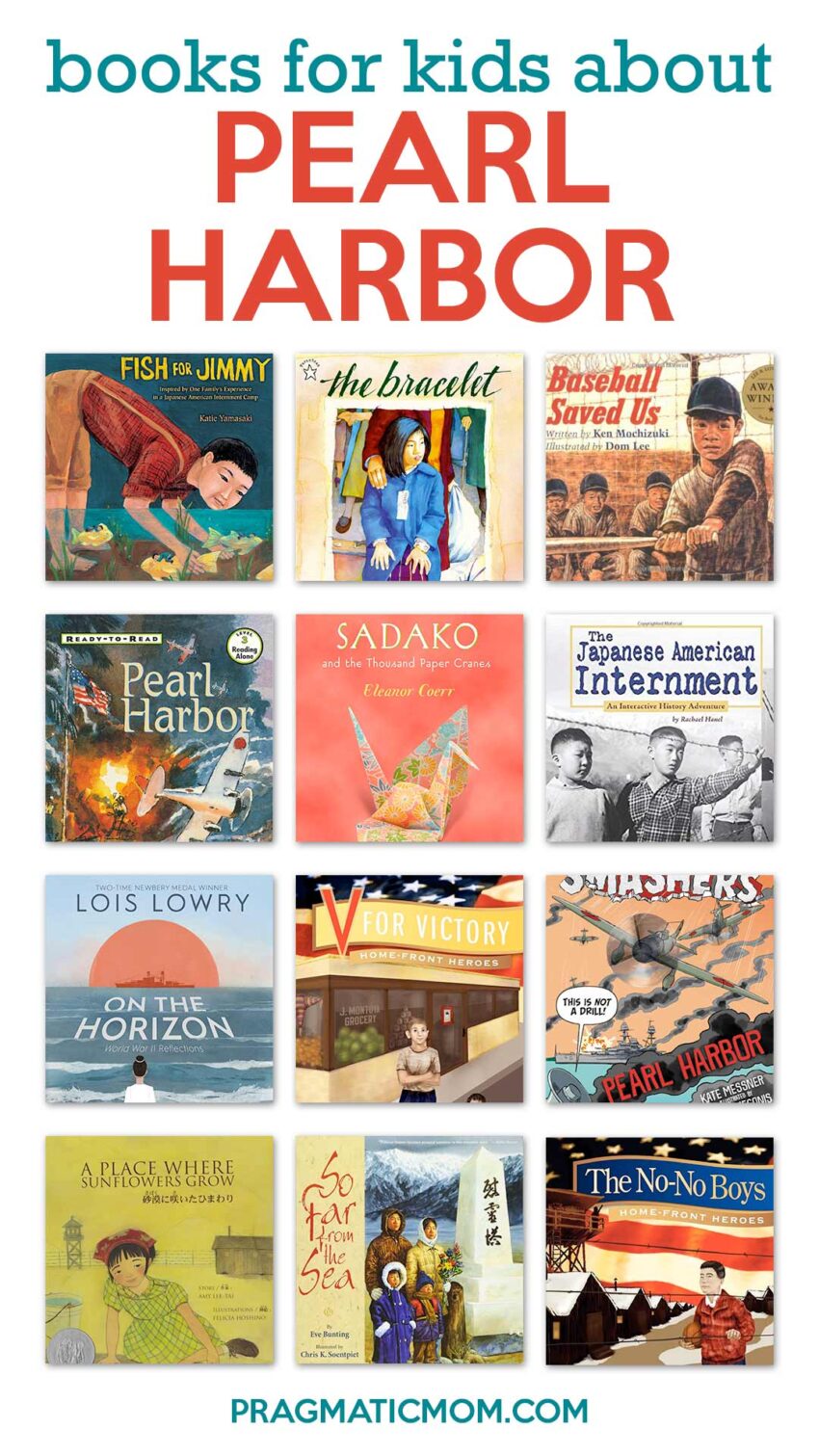

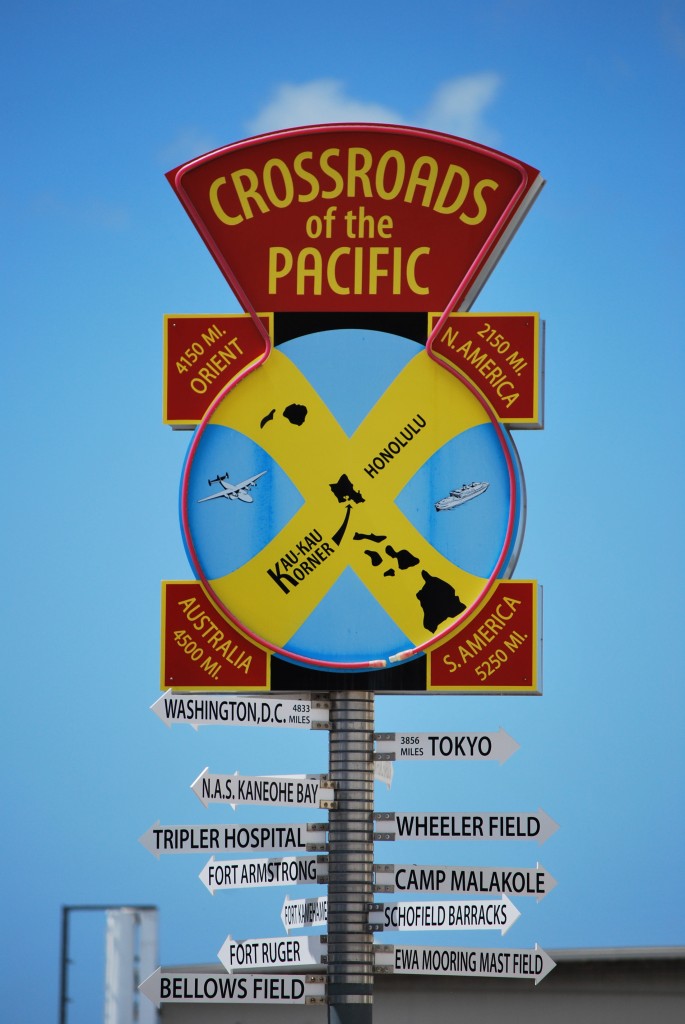
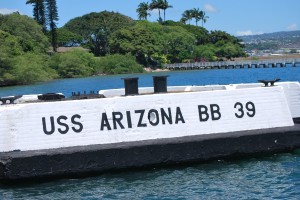
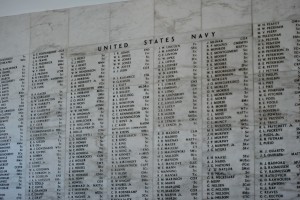
































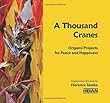










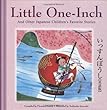



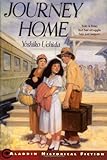

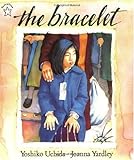






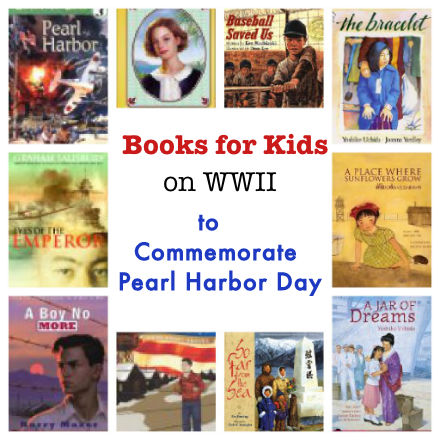
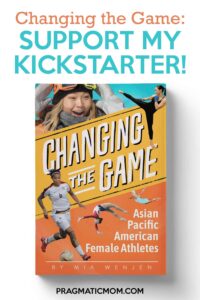


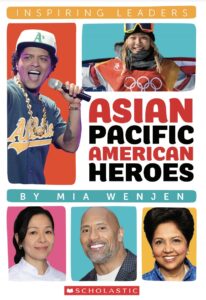




A very good list you’ve compiled here. And you must be so proud of your mom. Incredible story of a sad time in our history. Thanks for sharing.
Hi Augusta,
Thanks so much! This list was very personal for me. The irony of this experience is that my mother is the most optimistic and happy person in the world. This experience didn’t bring her down on her outlook on life at all. She can talk about it with even a sense of humor.
On a different note, I LOVE Glory Be. It’s such a great book that matches up so perfectly to our 4th grade unit on Civil Rights Movement. Is there any chance you do Skype visits since we are outside of Boston? I would love to get you for a school author visit.
I’m so glad you wrote this post. It’s shocking how many Americans don’t even know this piece of our history. I’ll be looking for these books to read with my kids.
Hi MaryAnne,
I have pretty much every picture book on the planet on the Japanese internment. It’s a sad and heavy subject so I actually don’t think I read them very much to my kids. I just have it at the ready if they want to talk about it. I think we did talk about it with the kids when we visited the Pearl Harbor museum. Those were dark days. And it is possible that the US would do that again to another group? Probably.
At the end of the day, the decision to put Japanese Americans into concentration camps was a political decision based on economics. The fact is that many influential Californians including the Knott family of Knott’s Berry Farm (ironically my first job) resented the Japanese Americans who worked very hard for lower rates. They dominated the strawberry market, for example, renting land to grow them. It’s a very labor intensive crop with backbreaking bending over. In other fields as well, like laundry, Japanese Americans would work harder for less money to carve out a market.
Removing their competition was the primary driver for how these influential affluent California citizens used their clout to influence Washington. Ironically, there were Japanese American spys in Hawaii who scouted out Pearl Harbor for the Japanese giving them critical information about the base. And yet, Japanese Americans in Hawaii were not forced to relocate.
Interesting and sad. Sad that we even have to teach our children about this and other things in our history.
Great list! I think I will add Weedflower and Kira-Kira to my list!
Hi Ann,
It feels like another era back in time that barely even existed … even to me. So it’s nice to remember and share this with my mom.
We also loved Voices of Pearl Harbor and the I Survived series has two great books– I Survived the Bombing of Pearl Harbor and I Survived the Nazi Invasion. We’ve been studying WWII and Pearl Harbor for the past few weeks tying them in together. My boys range in age from 7-11 and this is the most they’ve ever been interested in History. We found so many amazingly well written books for them to enjoy.
A day that will live in infamy. Mia, I want to read all of these books and am so glad you were able to go to Pearl Harbor with your mom. How I wish every American could. I will never forget my visit there when I was single, but would love to go back with my kids because so much of our history feels remote and when we have places that we can visit in person, a connection is made viscerally and will forever leave its impression.
Hi Ronna,
It’s a powerful place to visit. My sister, mom and I also went to Hiroshima to that memorial which was a incredibly moving experience. And strangely, I ran into my business school professor there too as we were leaving. We were all so moved that we could barely talk. It’s a place that you feel like you have to talk in whispers.